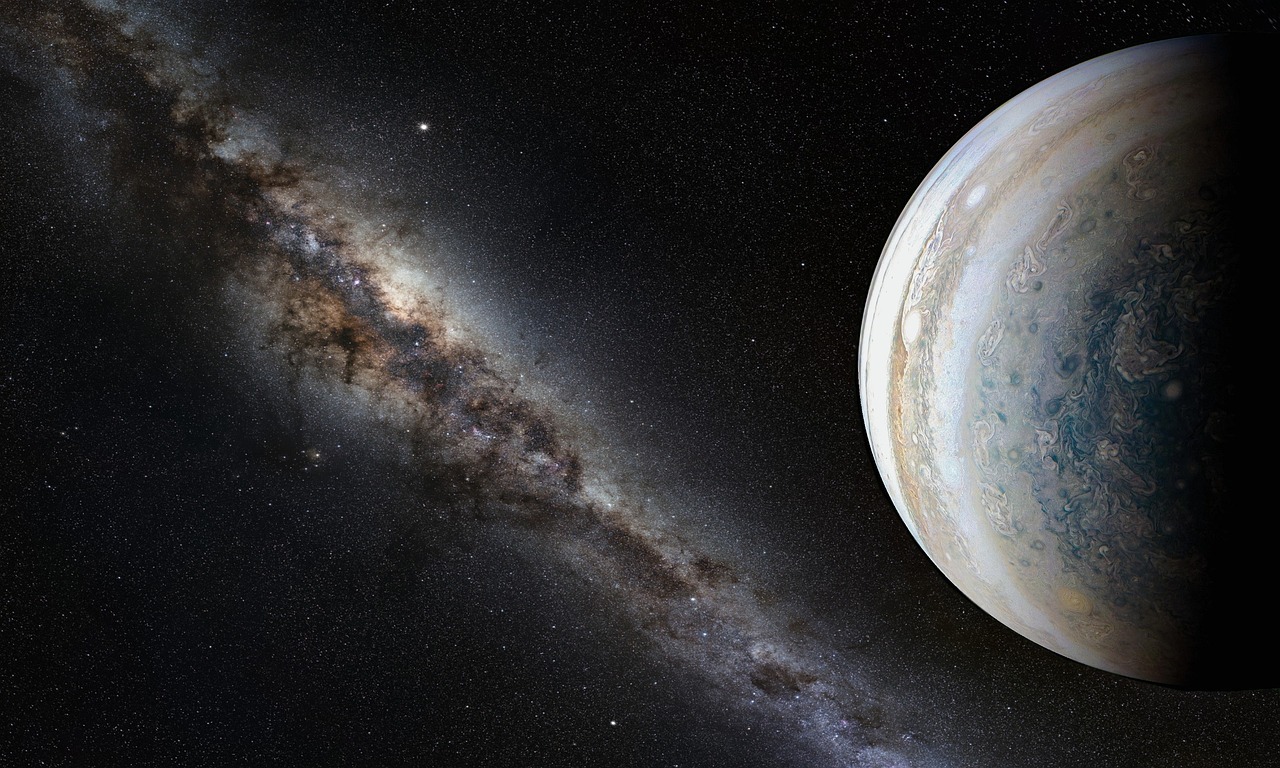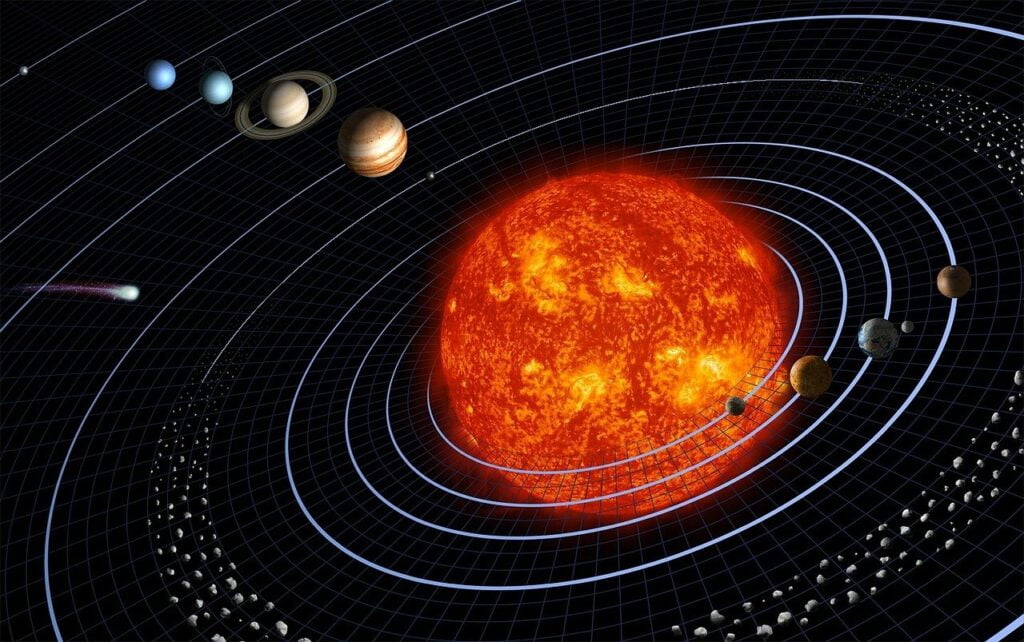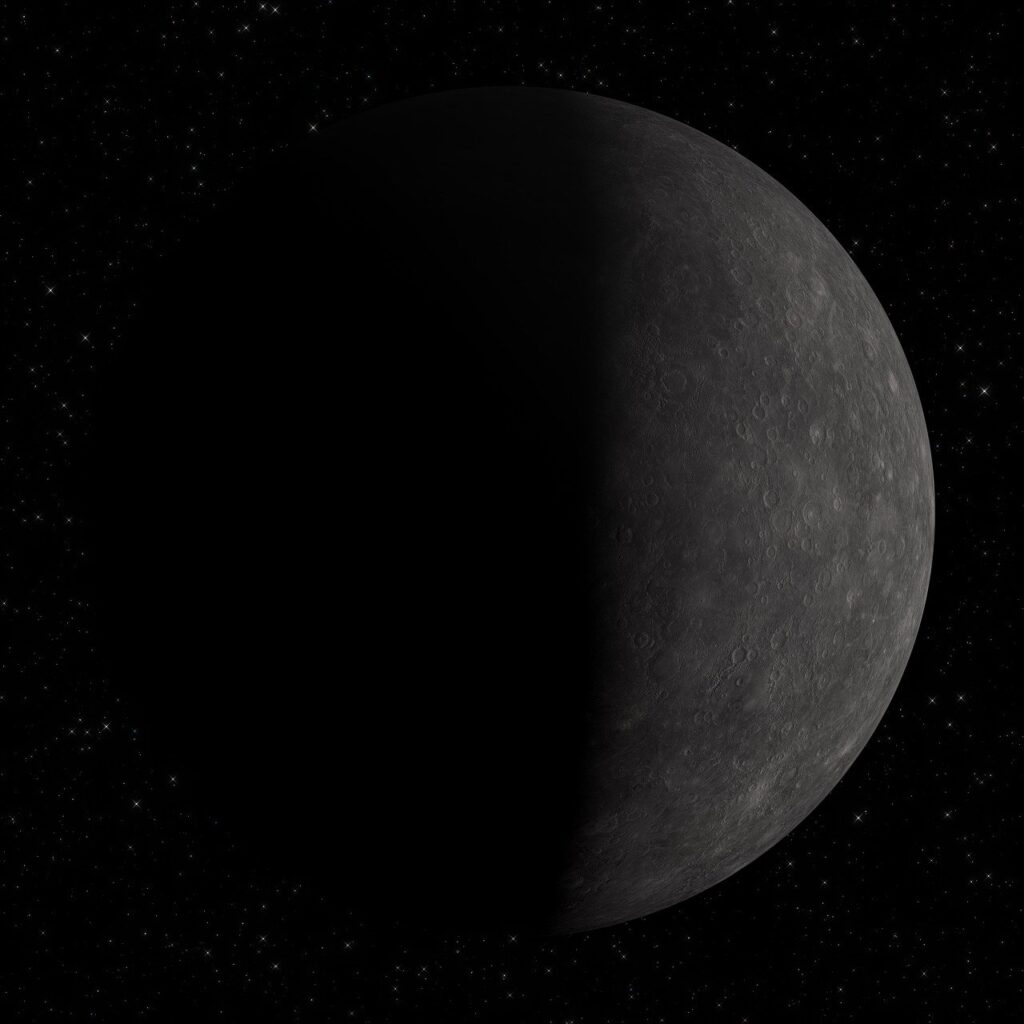
Jupiter, the fifth planet from the Sun, stands as a celestial behemoth, dwarfing all other planets in our solar system. Its immense size, rapid rotation, and swirling cloud patterns make it a mesmerizing sight, captivating the imagination of astronomers and space enthusiasts alike.
Jupiter’s colossal stature alone is awe-inspiring. Its diameter is almost 11 times that of Earth, and its mass is more than two and a half times that of all the other planets combined. This immense mass, combined with its rapid rotation, generates a powerful magnetic field that far surpasses any other in the solar system.
Here are the TOP 10 questions asked on Google and Youtube:
1. How big is Jupiter?
Jupiter is the largest planet in our solar system, with a diameter of 142,984 kilometers (88,846 miles). It is about 11 times wider than Earth and 318 times more massive.
2. What is the Great Red Spot?
The Great Red Spot is a giant anticyclonic storm on Jupiter’s surface. It is about the size of Earth and has been raging for centuries. The storm is thought to be caused by the interaction of hot, rising gas and cold, sinking gas.
3. Does Jupiter have rings?
Yes, Jupiter has four main rings and several fainter rings. The rings are made up of dust and debris that has been captured by the planet’s gravity.
4. How many moons does Jupiter have?
Jupiter has 79 moons, but only 53 have been named. The four largest moons, Io, Europa, Ganymede, and Callisto, are called the Galilean moons. They were discovered by Galileo Galilei in 1610.
5. What is the composition of Jupiter’s atmosphere?
Jupiter’s atmosphere is made up of about 90% hydrogen and 10% helium. There are also traces of methane, ammonia, and water vapor.
6. How does Jupiter generate heat?
Jupiter generates heat from the gravitational compression of its immense mass. This heat is enough to melt iron and nickel, the two most abundant elements in Jupiter’s core.
7. What is the magnetic field of Jupiter?
Jupiter has the strongest magnetic field of any planet in our solar system. It is about 20,000 times stronger than Earth’s magnetic field. The magnetic field traps charged particles from the solar wind, creating the auroras that are visible on Jupiter’s night side.
8. What is the interior of Jupiter like?
Jupiter’s interior is divided into three layers: the core, the mantle, and the atmosphere. The core is made up of liquid metallic hydrogen and helium. The mantle is made up of hot, gaseous hydrogen and helium. The atmosphere is the layer that we can see from Earth.
9. What is the climate of Jupiter like?
Jupiter’s climate is extremely hot and windy. Temperatures at the cloud tops can reach about -150 degrees Celsius (-238 degrees Fahrenheit). The winds can reach speeds of up to 600 kilometers per hour (372 miles per hour).
10. What are the future prospects of exploring Jupiter?
Jupiter is a fascinating planet with many mysteries to be solved. In the future, we hope to send more probes to Jupiter to learn more about its atmosphere, interior, and moons.
You may also like:
Mercury: The Closest Planet to the Sun
Venus: The Earth’s Twin or a Very Different Planet?
Mars: Comprehensive Exploration, unveiling the Mysteries
Jupiter: A Cosmic Giant – Symphony of Storms
Saturn: A Gaseous Giant with Enthralling Rings and Diverse Moons
Useful links about Jupiter:
NASA’s Jupiter page: https://science.nasa.gov/jupiter/
ESA’s Jupiter page: https://sci.esa.int/web/juice/-/59334-exploring-jupiter
JAXA’s Jupiter page: https://global.jaxa.jp/


